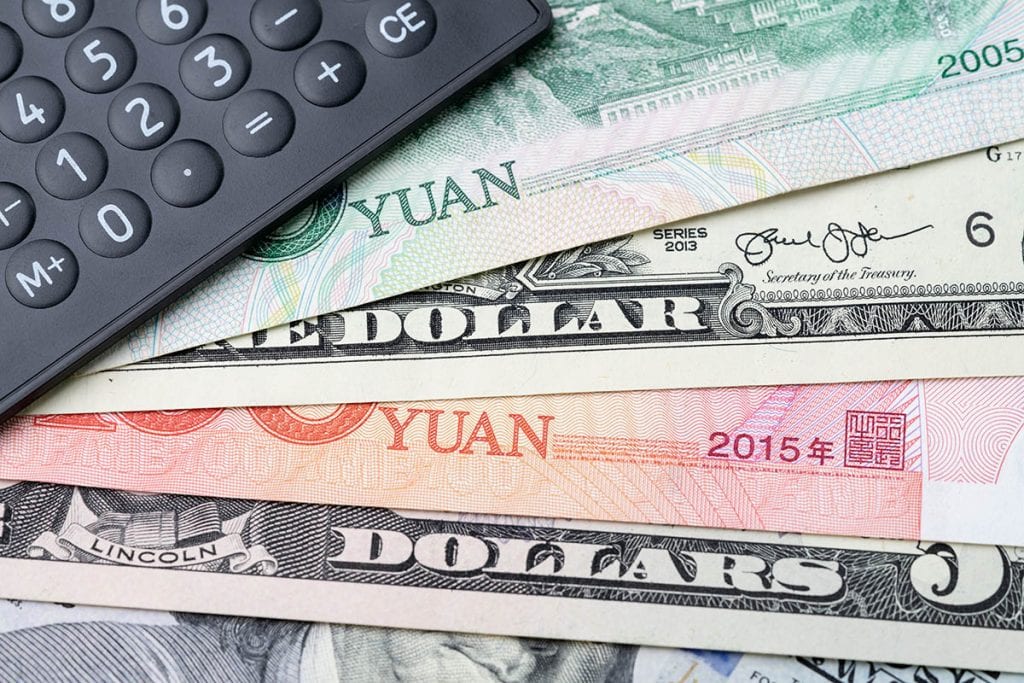 As part of the Trump administration’s trade war with China, a number of tariffs have been levied on the import of Chinese goods. A handful of recycling companies and one trade group have sought exemptions.
As part of the Trump administration’s trade war with China, a number of tariffs have been levied on the import of Chinese goods. A handful of recycling companies and one trade group have sought exemptions.

 As part of the Trump administration’s trade war with China, a number of tariffs have been levied on the import of Chinese goods. A handful of recycling companies and one trade group have sought exemptions.
As part of the Trump administration’s trade war with China, a number of tariffs have been levied on the import of Chinese goods. A handful of recycling companies and one trade group have sought exemptions.
 Prices for recovered PET containers have remained relatively steady. Meanwhile, values for both natural and color HDPE have climbed.
Prices for recovered PET containers have remained relatively steady. Meanwhile, values for both natural and color HDPE have climbed.
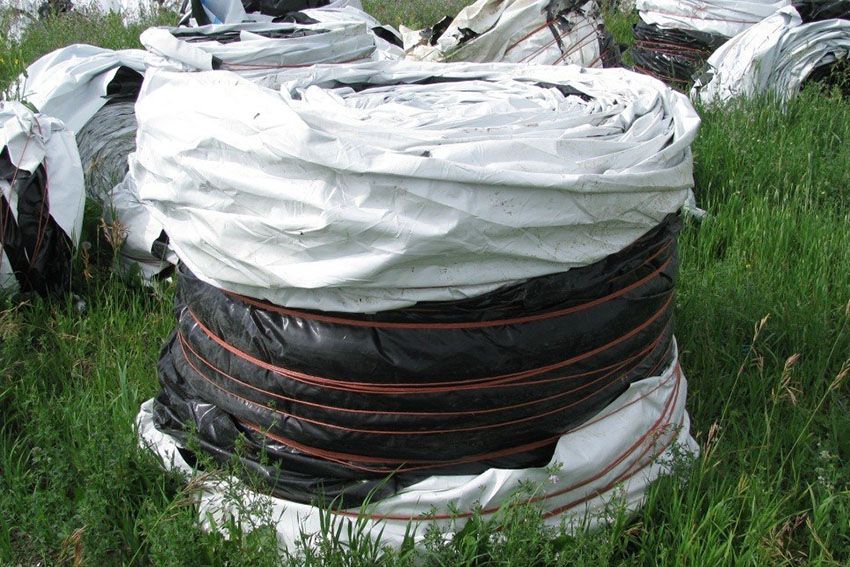
Rolled grain bag ready to be shipped to recycling end-market.
A permanent, consumer-funded grain bag recycling program has gone into effect in Saskatchewan, where farmers use 15,000 to 20,000 bags annually.
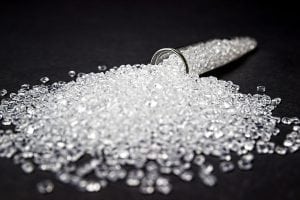 Readers displayed varied interests last month, gravitating toward stories about export markets, Chinese investment in the U.S., ocean plastics legislation and PET recycling technologies.
Readers displayed varied interests last month, gravitating toward stories about export markets, Chinese investment in the U.S., ocean plastics legislation and PET recycling technologies.
 A Florida man who led investors to believe his company had proprietary EPS recycling technology has been sentenced to prison for defrauding investors in that venture and a handful of others.
A Florida man who led investors to believe his company had proprietary EPS recycling technology has been sentenced to prison for defrauding investors in that venture and a handful of others.
 Trex, a major consumer of recovered PE film, continued to report record revenues and profits in the third quarter.
Trex, a major consumer of recovered PE film, continued to report record revenues and profits in the third quarter.
 Southeast Asian countries continue to place restrictions on scrap plastic imports, affecting movement from U.S. ports.
Southeast Asian countries continue to place restrictions on scrap plastic imports, affecting movement from U.S. ports.
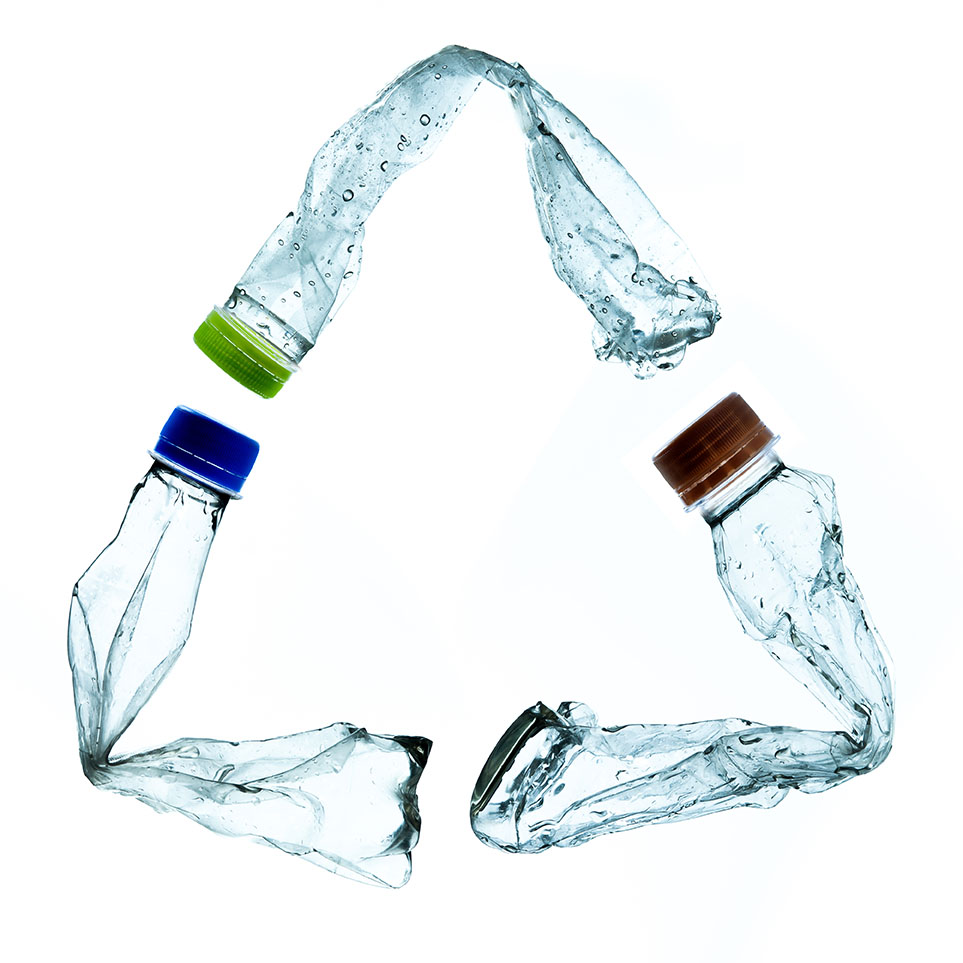 Virgin plastics company Equipolymers will sell a food-grade PET made with 25 percent chemically recycled plastic.
Virgin plastics company Equipolymers will sell a food-grade PET made with 25 percent chemically recycled plastic.
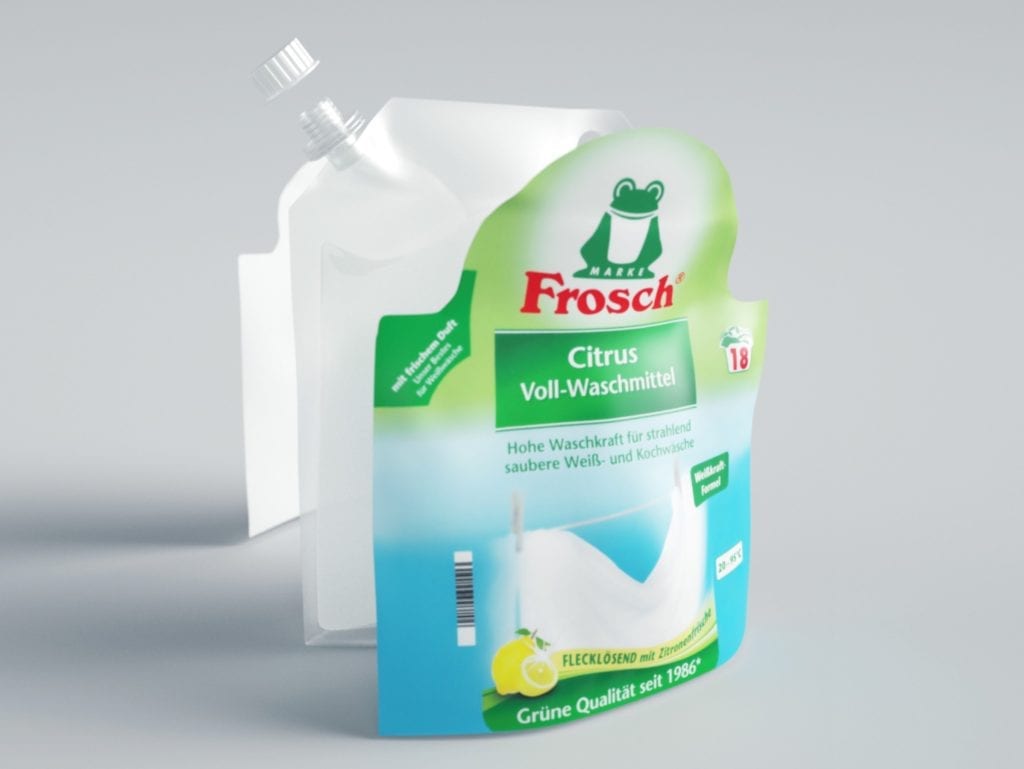
The Mondi pouch with removable panels.
Brand owners and packaging providers have rolled out innovative replacements for difficult-to-recycle multi-layer plastic packaging.
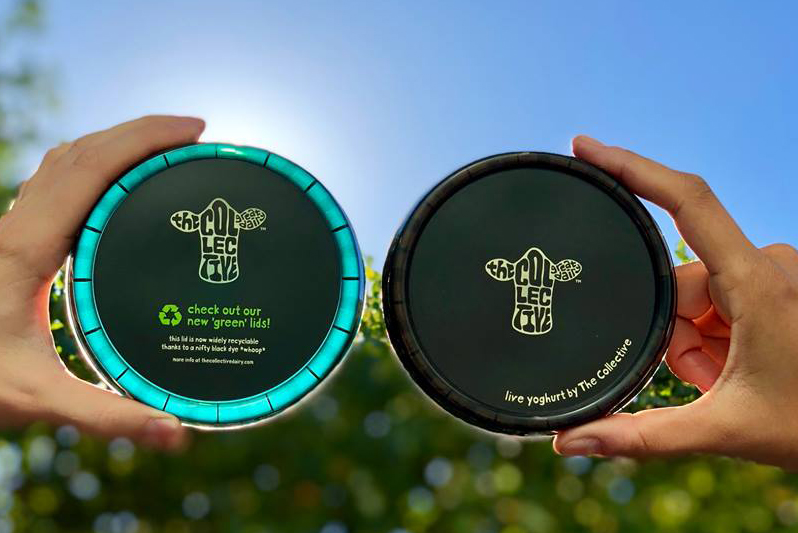 A dairy products company has begun using a black colorant in yogurt tub lids that allows optical sorters to correctly identify the polymer type and color.
A dairy products company has begun using a black colorant in yogurt tub lids that allows optical sorters to correctly identify the polymer type and color.
